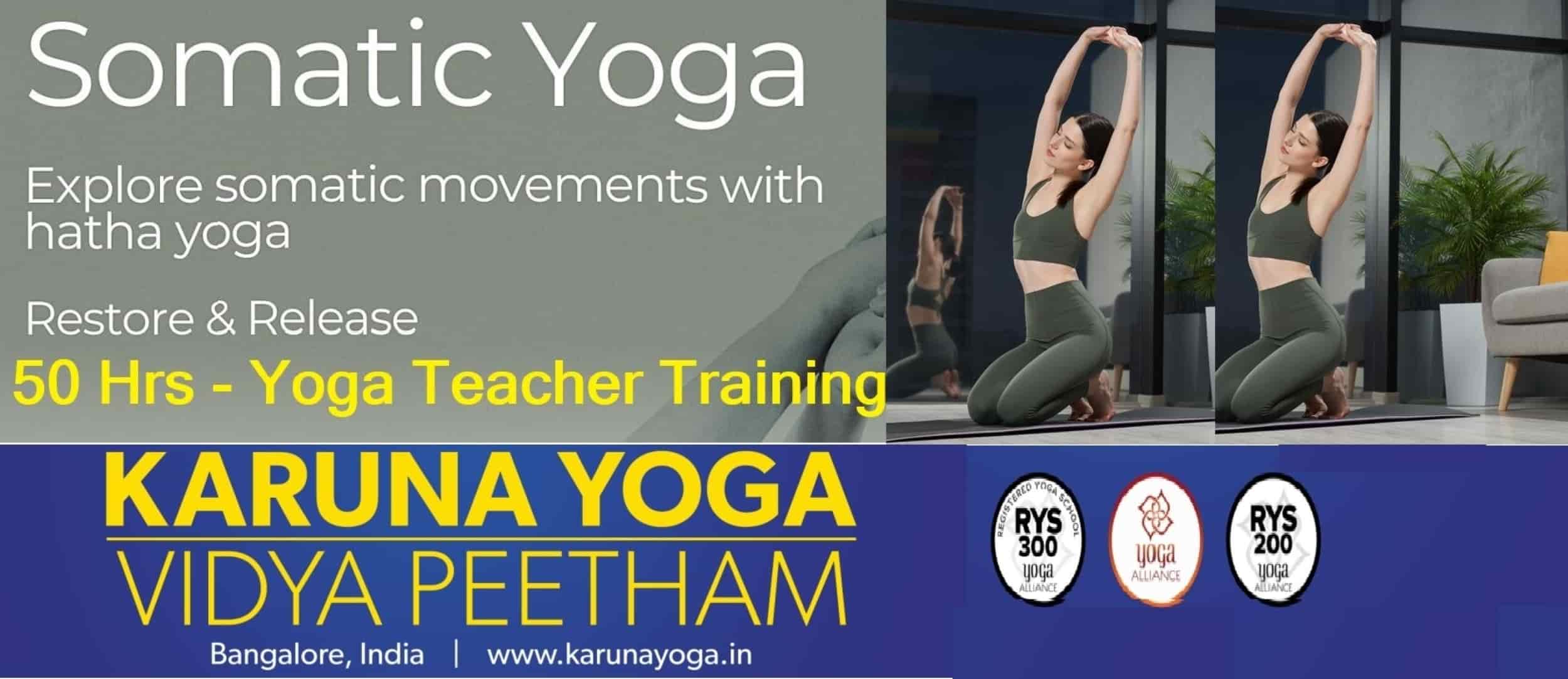
Somatic Yoga: A Soft Journey to Healing and Self-Discovery
In the hustle and bustle of modern life, many are in search of a mindful, healing practice that enhances physical wellness while equally supporting emotional and mental health. Somatic yoga flawlessly combines traditional yoga postures with the gentle, intuitive movements of somatic techniques, providing a profoundly restorative, self-reflective, and approachable form of movement. If conventional yoga classes have felt too physically taxing or overwhelming, somatic yoga might just be the calming and transformative method you’ve been longing for.
What Is Somatic Yoga?
Somatic yoga is a holistic mind-body practice that fuses the deliberate, mindful movements of somatic education (like the Feldenkrais Method or Hanna Somatics) with the asanas (postures), breathing methods, and meditative attention found in traditional yoga. The term “somatic” comes from the Greek word “soma,” which translates to “the living body in its entirety.” Somatic practices focus on cultivating internal body awareness, encouraging participants to deeply perceive, investigate, and respond to their internal experiences rather than honing in on achieving external perfection.
In contrast to fast-paced or demanding styles of yoga, somatic yoga values ease, awareness, and gentle movement. It is particularly beneficial for people recovering from injury or trauma, managing chronic pain, or desiring a serene and nurturing environment for embodied healing.
Key Benefits of Somatic Yoga
1. Gentle Assistance for Healing
Somatic yoga is frequently suggested for those on the healing journey—whether from physical injuries, emotional scars, or mental struggles—due to its gentle and non-invasive qualities. Movements are small, slow, and purposeful, minimizing the chance of strain and encouraging natural alignment. This method aids in releasing long-held tension patterns and supports the relaxation of the nervous system.
2. Restores Mind-Body Connection
Through slow movements and concentrated awareness, somatic yoga assists practitioners in reconnecting with their bodies. This renewed mind-body connection cultivates self-trust and a sense of embodied presence. It’s particularly beneficial for individuals who have become detached from their bodily sensations due to pain, trauma, or a sedentary lifestyle.
3. Regulates the Nervous System and Alleviates Stress
Somatic yoga imparts a deeply soothing impact on the nervous system. The mindful aspect of the movements enhances proprioception and interoception (internal awareness), facilitating a shift from a stress response to a parasympathetic, rest-and-digest state. This encourages relaxation, emotional resilience, and mental clarity.
4. Enhances Mobility and Functional Movement
By emphasizing neuromuscular reeducation over mere muscular strength or flexibility, somatic yoga can be especially effective in restoring range of motion and functional mobility. It aids the body in “relearning” more efficient and fluid movement patterns, minimizing compensations and habitual tension.
5. Boosts Self-Awareness and Emotional Intelligence
Somatics fosters introspection and attention to subtle internal signals, creating an opportunity for engagement with emotions and habitual thought patterns. This inward reflection not only heightens body awareness but also promotes emotional regulation and self-compassion.
6. Customizable and Inclusive
Somatic yoga is highly flexible, making it suitable for individuals of all ages, fitness levels, and abilities. Movements are performed slowly and often with closed eyes, alleviating the pressure to “perform” or compare. This results in an inclusive practice that welcomes all, especially those who might feel marginalized in more physically challenging classes.
A Typical Somatic Yoga Session
A somatic yoga class might commence with a grounding exercise or body scan to foster presence and awareness. After that, participants delve into simple, repetitive movements—like pelvic tilts, gentle spinal rotations, or shoulder rolls—while observing tension patterns and engaging the nervous system in a process of learning and release.
Unlike vinyasa or power yoga, where the focus is on transitioning through poses in a flowing manner, somatic yoga invites you to pause, attune, and move with purpose. Poses are frequently modified or explored in segments to enhance awareness. Breathwork and meditation are typically woven in to enrich the mind-body connection.
Is Somatic Yoga Right for You?
Somatic yoga is well-suited for those who:
– Are healing from injury or trauma
– Suffer from chronic pain or muscle tension
– Are new to yoga or feel daunted by intense classes
– Wish to delve into a more mindful or meditative take on movement
– Seek emotional healing and stress management
– Aim to enhance posture, mobility, and functional movement without strain
Conclusion
In a society that emphasizes action over being, somatic yoga presents a compelling invitation to slow down, connect, and move from within. Merging the ancient teachings of yoga with modern somatic principles, this practice doesn’t solely target muscles—it rewires the nervous system, unveils mental and emotional patterns, and fosters profound, lasting healing.
Whether you’re embarking on a healing journey, wishing to alleviate pain, or simply desiring gentler movement, somatic yoga offers a nurturing and empowering space.